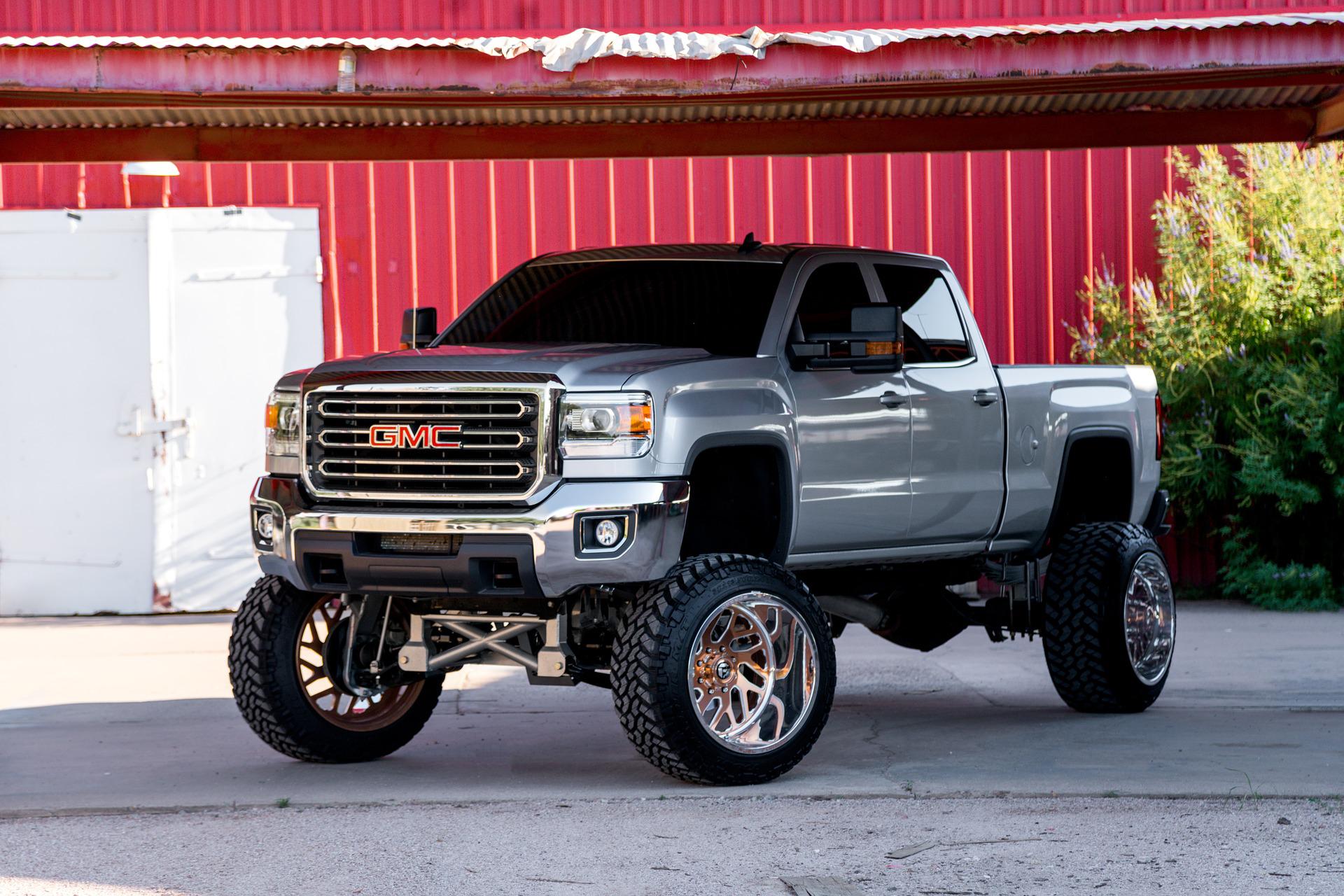Should I Lift My Vehicle
There are other uses for a raised suspension on your vehicle than off-roading. With a raised rig, you could see clearer and pull and carry better, too. Some people choose to elevate their pickups only for aesthetic reasons. Your vehicle’s suspension should not be raised for aesthetic or practical reasons. Should you boost your truck lift or keep with factory vehicle height?
Why Raise Your Truck’s Suspension?
Simplest of all, lifting a vehicle raises the differential off the ground. The likelihood of being mired in the muck grows in proportion to the stock-height disparity, which is an easy target for rocks. The only method to raise differential height is to add wider tires. If the car’s stock wheels are 28 inches in diameter, installing 33-inch tires will add 2.5 inches to the height of the differential and vehicle. In order to prevent damage to the fenders and suspension components caused by the larger tires, a raise kit is required.
Suspension lifts are used to lower the axles, whereas body lifts raise the vehicle’s body. Some begin with wider tires, greater vision, or load capacity, but both are normally necessary for severe instances.
To purchase wider tires and enhance tire clearance. This is the main argument for installing a vehicle lift on your truck since doing so will not increase your vehicle’s ground clearance. On the other hand, if you have a lift, you may install taller tires, increasing your vehicle’s ground clearance for off-roading. You won’t sink as low anymore!
We can all agree that a raised car looks better whether it’s a raise kit for a Pickup truck, Suv, or Toyota, or simply a leveling kit. Because you’ll be upgrading your tires anyhow, tire clearance is less of an issue. You might as well fit the largest tire you can find in there.
It is safe to assume that commercial raise kits have been available since the 1970s, at the very least. Some lift kits now contain everything needed to finish a job to perfection. Others contain just the most essential components for raising; other parts, such as bigger suspension systems or brake lines, are available separately. A few lift kits include clip fixes or modifications to your standard suspension, while others need expert assembly or soldering.
How Much to Raise
You will certainly consider the various raised heights available to you when making the decision to elevate your vehicle. More specifically, most trucks are elevated between three and twelve inches. You may be assuming that any level of raise would considerably improve your car, but there is really a very large difference among only a couple of inches.
A 4-inch rise is considered conventional and relatively doesn’t influence mobility or gas efficiency. It’s possible that a 6-inch raise would add several thousand dollars to the price of the car, increase fuel consumption, and reduce the vehicle’s overall maneuverability. It’s possible that a 2-inch discrepancy would be prohibited in several areas.
When lifting my car, what factors should I take into account?
- The first caveat is that not all cars have the same towing capacity: Jeeps and trucks have extremely different lift mechanisms.
- A lift of 2.5 inches on a Jeep is evident and will make it feasible to install much larger tires than previously.
- Leveling kits are often all that’s needed for a vehicle with a 2.5″ lift. And there’s certainly nothing wrong with it! a 4″ raise is probably necessary before a truck owner may see any change.
- The further you go, the more factors you’ll have to consider. This varies per vehicle and may not hold true when contrasting, say, a 2-inch lift on a Vehicle with a 3-inch lift. A raise of any size may modify driveline inclinations, but the difference between a 3.5-inch and 4.5-inch lift on a Car may be substantial. The gear ratio is also important since it determines the maximum tire size your gearbox can accommodate. It’s conceivable that re-gearing the transmission is in order.
What Should You Expect?
Most people’s mental images of lifted cars revolve around massive vehicles and SUVs that seem like they can drive right through anything in their way. By increasing the height of your vehicle, you may avoid having to go down on the ground when you get in. You’ll be able to see more of the road ahead of you, any dangers, and other cars as a result. Lifted cars are more capable in off-road environments. Various obstacles like slopes, rocks, mud, fallen trees, pits, and more may be found along paths. A vehicle with low ground clearance is prone to bottom out often. A raised truck or Jeep, however, may easily navigate these obstacles without harming the body or underside of your vehicle. Finally, the increased height of the vehicle and the reduced risk of the rear suspension breaking as a result of the strengthened shocks means that elevated trucks are more suited for towing.
How Do I Decide On a Lift Kit Maker?
As a consumer, you may feel overwhelmed by the sheer number of available brands. At Trademasters, we’ve shopped around for and tried out a wide variety of elevator makes and models. Visit us or contact us if you’re having trouble deciding on a lift for your car; we’re always delighted to share our expertise and can propose the best option based on your specific situation.
About Us
Trademasters has spent over 30 years dedicated to meeting the demands of our clientele.
For over 31 years, the Fraser Valley has relied on Trademasters, a locally owned and run business specializing in premium towing accessories and goods.
We promise the following to you:
- Employees that are both knowledgeable and kind
- We provide expert installation of trailer and truck accessories by certified experts.
- A straightforward and detailed estimate that spells out everything that will be charged for.
- A call after the job is done to make sure you’re happy with the results.
- Get help quickly because we value your time.
- True opinions on your car’s condition






